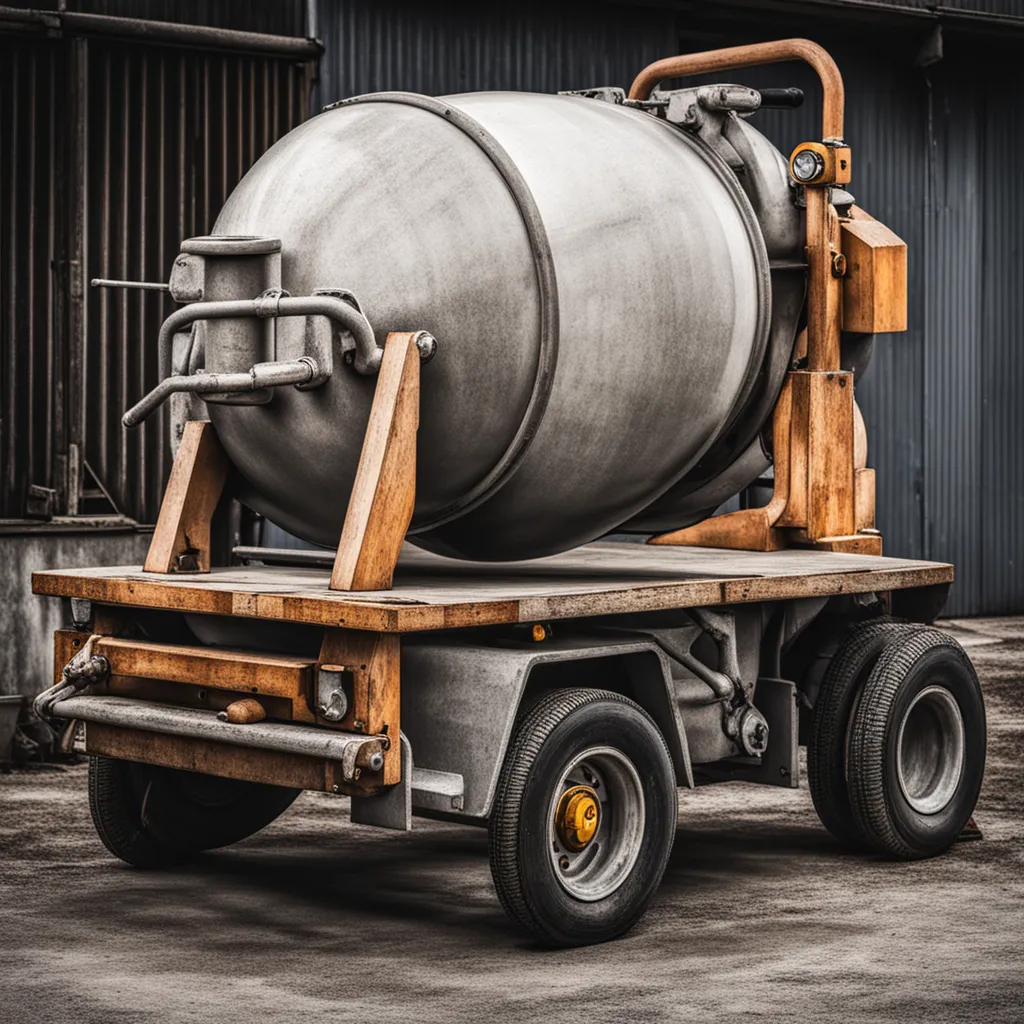How to Make a Cement Mixer: Building Your Own Concrete Tool
How to Make a Cement Mixer: Building Your Own Concrete Tool
Building a cement mixer can be a challenging yet rewarding DIY project. This machine is crucial for mixing cement, sand, gravel, and water to create concrete. While commercial cement mixers are readily available, constructing your own can be a cost-effective solution for small-scale projects. This 500-word article will guide you through creating a basic yet functional cement mixer.

Understanding Cement Mixers
Before starting the build, it's important to understand how a cement mixer works. A typical mixer uses a revolving drum to mix the components. For a DIY version, you can replicate this mechanism on a smaller scale.
Materials Needed
- A large, sturdy plastic barrel or a metal drum
- A motor with a power source (an old washing machine motor can work)
- Pulleys and a belt
- A metal rod or a sturdy pole for the axle
- A stand or frame (can be made from metal or heavy-duty wood)
- Bolts, nuts, and washers
- Welding equipment (if working with metal)
- Basic tools (hammer, saw, screwdriver, drill, etc.)
Safety Considerations
When undertaking a project like building a cement mixer, prioritize safety. Wear protective gear, including gloves and eye protection, especially when welding or cutting metal. Ensure all electrical components are safely installed and waterproofed.
Step 1: Preparing the Drum
- Choose a Drum: The drum can be a large plastic barrel or a metal drum. It should be robust enough to hold and mix the concrete.
- Modify the Drum: Cut an opening in the drum for adding materials and removing the mix. The opening should be large enough for easy access but not so big that it compromises the drum's strength.
Step 2: Building the Frame
- Design the Frame: The frame supports the drum and motor. It should be sturdy enough to hold the weight and vibration of the mixer.
- Construct the Frame: Using metal or heavy-duty wood, construct a frame that allows the drum to sit at an angle. Weld or bolt the pieces together, ensuring stability.
Step 3: Installing the Axle and Pulleys
- Attach the Axle: Insert a metal rod or pole through the center of the drum to act as an axle. Ensure it's securely attached and can rotate smoothly.
- Install Pulleys: Attach pulleys to the motor and the drum's axle. The size of the pulleys will determine the drum's rotation speed, so choose accordingly.
Step 4: Mounting the Motor
- Secure the Motor: Mount the motor onto the frame. It should align with the drum's axle for the belt to run smoothly.
- Connect the Belt: Connect the motor to the axle using a strong belt. Adjust the tension to ensure efficient transfer of power.
Step 5: Final Assembling and Testing
- Assemble the Mixer: Once all components are in place, bolt or weld them securely.
- Test the Mixer: Before using it for concrete, test the mixer with water or a dry run to check for any issues.
Conclusion
Building a cement mixer is a practical project that can serve well for small construction or home improvement tasks. While it requires some mechanical knowledge and skills, especially in metalworking and electrical systems, creating a functional cement mixer is achievable with the right tools and materials. Always prioritize safety and test your homemade mixer under safe conditions before regular use. With patience and attention to detail, you can construct a reliable tool that meets your specific mixing needs.